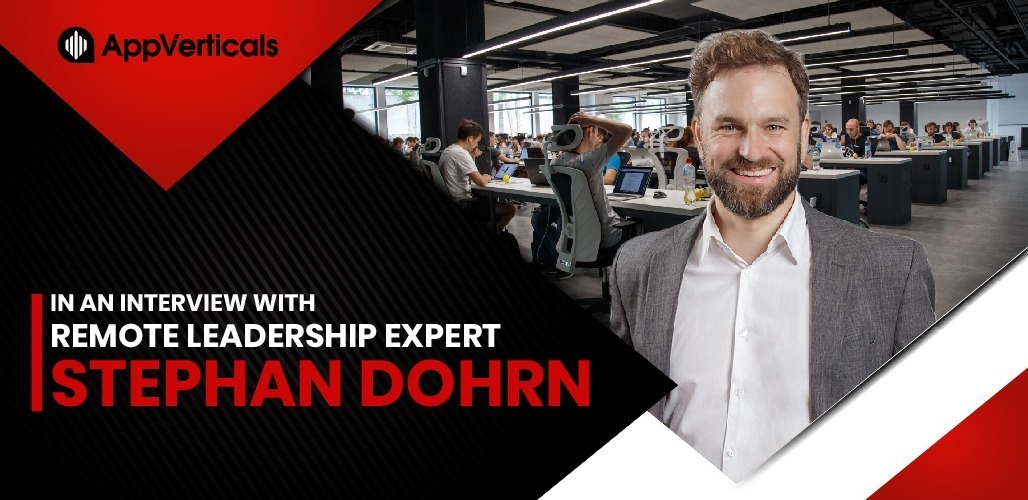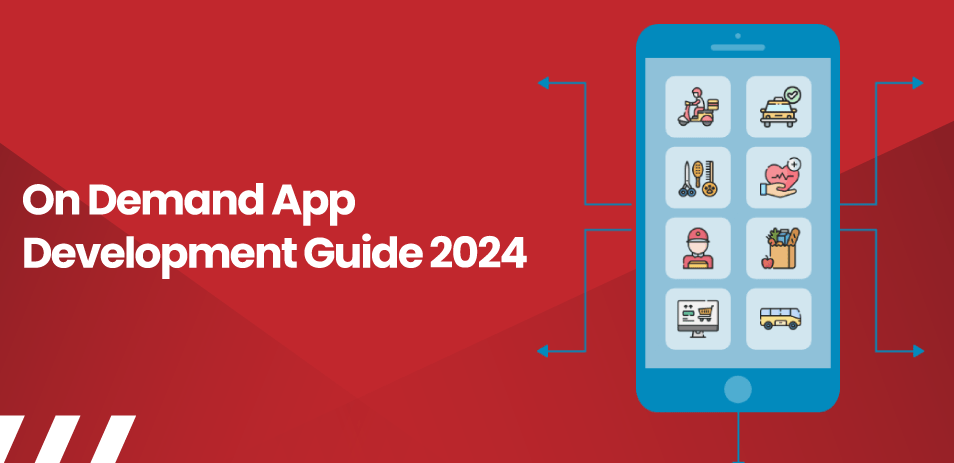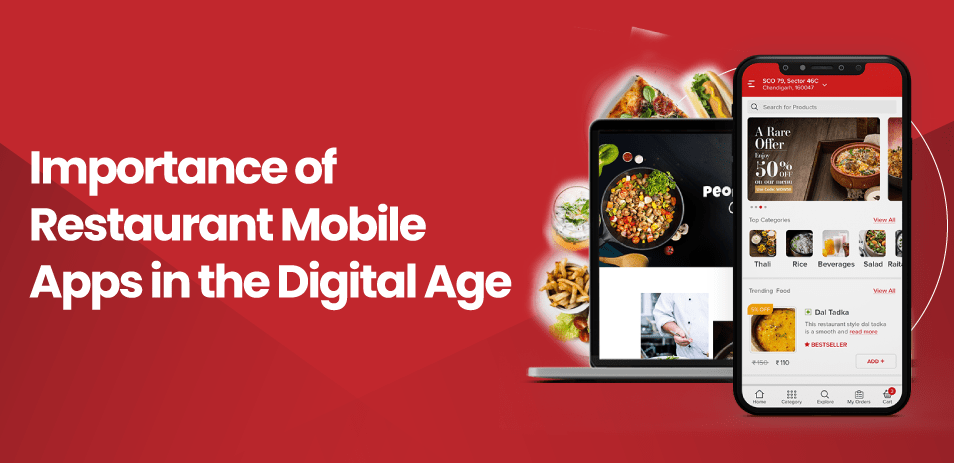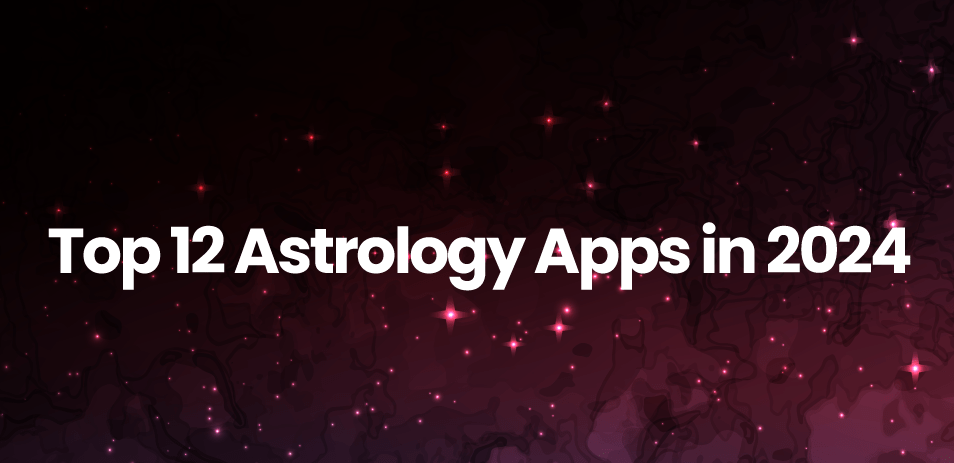Interview With Virtual Collaboration Expert Stephan Dohrn
Interview with virtual collaboration expert Stephan Dohrn. He is a remote collaboration consultant, coach, and entrepreneur. Working as a co-founder in Radical Inclusion, an international firm that provides consultancy for distributed and remote teams.
He is also a partner at Impact Hub, the world’s largest accelerator and community for positive change. In addition, he is also working as an expert at Remote How Inc., which caters to distributed teams leaders.
Stephan’s company’s first aim was to support remote teams. He loves nurturing relationships with freelancers, entrepreneurs, corporate leaders, and start-up founders.
AppVerticals: Our first question would be about how you started your career. What served as an inspiration to become a strategist for remote working?
Stephan Dohrn: I started working in international organizations on food and agricultural issues. My main role was to help coordinate and facilitate communities of practice. With low budgets and a lot of people to connect with one another me and my colleagues started to try out doing online activities: we created listservs, and held skype consultations, for example.
When I left my 9-5 job, I had experimented quite a bit, and when a friend called me to ask if I wanted to help create an all-online collaboration experience, I helped. At the time, this experience – we called it RTVC – real-time virtual collaboration conference – was the starting point for Radical Inclusion. We realized that many companies needed support with online meetings, so we started to offer a training course, “Better Virtual Meetings”.
AppVerticals: Tell us more about Radical Inclusion; how did this idea spark your mind to establish a remote consulting company?
Stephan Dohrn: As I just said, the seed for RI was laid through the experience of RTVC, but the experience was way too costly to organize and too buggy to be sold to the mainstream. It was for early adopters only.
But, many companies at the time were reorganizing into matrix structures, and all of a sudden, the 3-5 regional marketing or HR or sales teams had to work as global teams across time zones. People needed to figure out how to meet efficiently online, and so we started to run trainings.
We also saw that most training providers who offered similar things were doing in-house training, where all the participants were put in one room and then were fed concepts and tools on how to work online – there was very little in terms of experiential learning.
We were a distributed group with clients in the US and Europe, so we turned a disadvantage into a value add by running fully online trainings.
AppVerticals: How did the corona crisis impact your venture Radical Inclusion? Did you witness an immense influx of companies looking for help in working remotely?
Stephan Dohrn: The first effect was that a lot more people now understand what I do 🙂 – friends used to ask me: “What is it you do again?” all the time. Now they understand.
The economic effect was that people needed short-term solutions. When corona hit, we thought companies would want support in developing processes and helping with individual and team productivity, but instead, the demand was for online facilitation.
Many workshops, retreats, and conferences that had previously been done in presence needed to happen anyway, but online. Between May/June 2020 and the end of 2021, we probably did an event per week.
Towards the end of last year, the demand started t change, and now we talk a lot about how to get from policy to practice. How to make their new hybrid policy work. Companies see this shift as a change process that needs to be facilitated, as employees and managers are not yet seeing eye-to-eye.
Another part of this discussion is related to company culture, with many executives fearing that they will lose connection with their employees in an online environment, and therefore motivation and engagement, and ultimately performance will suffer.
AppVerticals: What tools do you find most relevant in fostering effective communications in working remotely?
Stephan Dohrn: The is not one particular tool I would highlight, but rather an approach to understanding what a team needs. We like to think of the tool suite as the virtual office of a team or company. You start by understanding your needs, which include socializing and informal encounters, and then map your tools to the needs.
Having said that, there are a few tools that every team should have in their virtual office: A team space (group chat tools like Slack or MS Teams work well), a whiteboarding tool like Mural or Miro (which works well to connect real-time and asynchronous work processes), and a meeting tool like Zoom, Webex or Teams.
AppVerticals: There are many misinterpretations and distractions while working remotely; what do you suggest how we should communicate with clarity in remote meetings?
Stephan Dohrn: In real life, we communicate simultaneously on different levels. In addition to the voice, I see the posture or the other, their mimics, perceive dynamics between meeting participants, and more.
The information we get in an online meeting room is reduced to one communication channel – if the video is on 2. I only get a partial picture of the information that is transmitted when somebody else talks.
This is why it helps to add additional communication channels like chat and do a lot of small group work where it is easier to get a sense of the group dynamics.
It also helps to take joint notes during the meeting. This way, all can see what is noted down, and misunderstandings can be seen when they happen.
AppVerticals: What, in your view, are the best practices virtual teams managers should practice to achieve optimal results in virtual team management?
Stephan Dohrn: I believe that the #1 challenge remote teams face is maintaining social connections. When a team has strong bonds and a high level of trust, which are the results of social connection, the challenges of physical distance can be easily overcome.
So, how do you foster social connections? By caring about your colleagues.
Connect with your colleagues frequently, in 1:1s, small groups, and a whole team. And encourage your colleagues to do the same. It does not have to be real-time; a well-worded question about how they are on chat can create an opening for a deeper connection.
Always start your meeting with a warm-up or check-in, and end with a check-out. It creates the space to share things that are not strictly about work but that influence my performance. E.g., If I have a baby at home and it has kept me awake all night, I might be grumpier than usual. If my colleagues know this, nobody will take my grumpiness personally, and because I was able to share it, I might not even be grumpy anymore.
And finally, when you feel something is off, investigate. The biggest problems in remote teams emerge because of a white elephant that was not addressed when it appeared. So, as a leader, you need to be willing to do the uncomfortable and name when there is tension between 2 colleagues or when some topic creates weird vibes in a meeting.
AppVerticals: Bureaucratic organizations need a whole cultural shift to adapt to remote working environments; what do you suggest to these organizations in adapting to remote environments more conveniently?
Stephan Dohrn: Not only bureaucratic organizations are undergoing a cultural shift.
We have developed a process we call the TeamCharta process that helps organizations align the individual, team, and organizational preferences and needs.
The process takes organizations through a reflection process that ends with agreements about how they will get work done, how they will make decisions, how they will be available to one another, and how they will learn from and support each other. There will be a set of general principles and rules that have to be observed by everyone in the company. Still, a lot of the details on how work gets done will be agreed upon at the team level, where individual needs and organizational requirements meet.
AppVerticals: Virtual team management, which is located in different time zones, is really hard; please suggest some practices to make it swift.
Stephan Dohrn: As organizations are flexibilizing work, we are seeing more and more people who do not follow the strict 9-5 anymore but might have long lunch breaks or start later in the day and work late evenings in exchange. So, it is not just time zone issues anymore that keep people from collaborating effectively in real time.
The way past this is asynchronous work, and a key ingredient to making that work is that people need manage their own time better. Instead of waiting for the next meeting to get my part in the project done, I need to start working on things without that external pressure point.
A great starting point for teams to discuss this is to discuss availability in the team: by when should we respond to another message, how often should we check the team chats, how do we signal that we are not available, and how can we reach others when it is urgent, etc.
AppVerticals: In your view, what new technologies can play a vital role in making remote working more efficient?
Stephan Dohrn: VR/AR are interesting technologies that can open many more opportunities for real-time meetings. And AI can become valuable in the overall coordination of work and making asynchronous work more seamless.
I believe that, in general, technology is enabling us to organize work in more and more complex ways. In addition to technology and the skills to use the tools, this will lead to more and more self-managed teams.
So, for technology to positively affect our work and lives, we need to build people’s competencies in self-management – as individuals and as part of teams.
AppVerticals: What personalities do you see as your ideals or personalities who have inspired you the most throughout your career?
Stephan Dohrn: I was always most inspired by those around me. My business partners in Radical Inclusion, my former boss, who already in the early 2000s was telecommuting and leading a remote team, and countless clients and partners who keep teaching me how to get better at what we do.
AppVerticals: How do you keep a work-life balance? What leisure activities have you adopted to balance in personal and professional life?
Stephan Dohrn: I tend to observe clear working hours and not work late evenings or weekends unless really necessary. It helps that I have 2 kids who want my attention then.
Because I work from home and in an Impact Hub here in Belo Horizonte, I also have the flexibility to have lunch with the family and get things for my private life done when I have an opening and my agenda.
Outside of work and family, I spend a lot of time on personal and spiritual development. I also work on developing a piece of land we care for with a group of friends.
AppVerticals: AppVerticals is an application development company that provides its clients with a wide range of digital services. Our specialty is application development; what would be your suggestions for us to streamline our remote working teams?
Stephan Dohrn: Find ways for your people to work in different teams so they get to know each other beyond the 2-3 colleagues they are interacting with the most.







